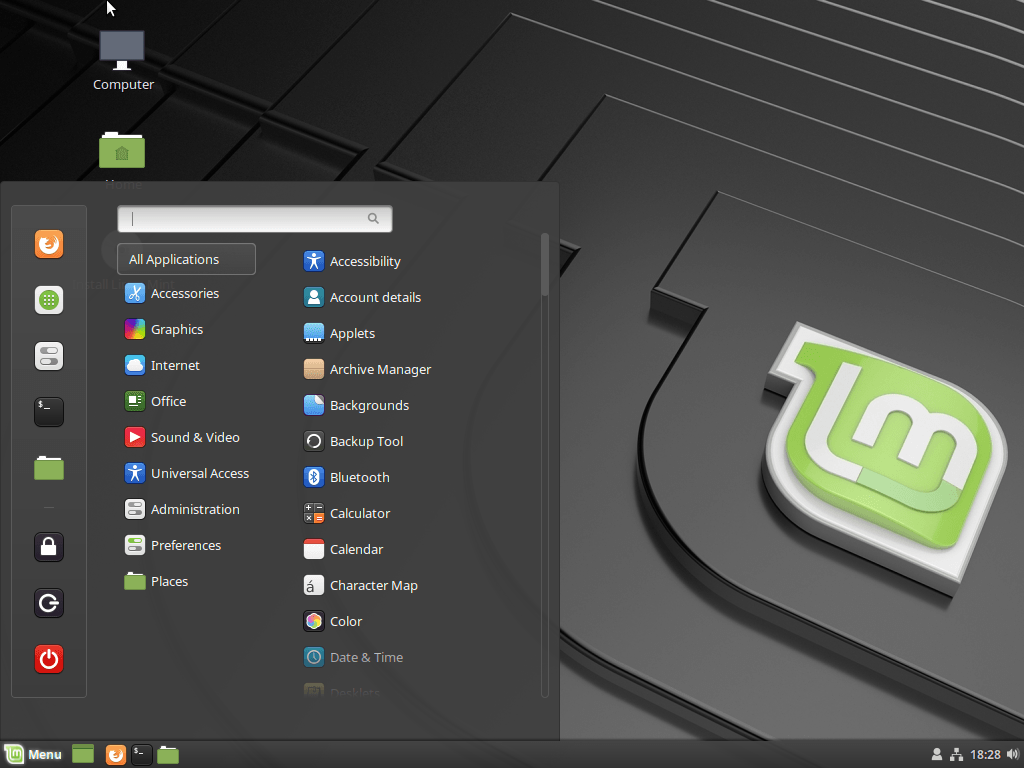
Select USB device and start the Ubuntu 16.04 installer.Press the boot device menu key and select USB to boot first.
DOWNLOAD UBUNTU 16.04 DISK IMAGE INSTALL
As soon as done, plug the bootable USB into a system where you want to install Ubuntu 16.04.Open the USB bootable creation software, and select the ISO image file of Ubuntu 16.04, and start the process.Plug in a USB flash drive (at least 4-8 GB of space) with your PC.

Install a USB bootable creation software (such as Rufus) on your Windows PC.Download the Ubuntu 16.04 ISO image file from the download section.Installation instructions Starting installer in PC (via USB) Originally, the operating system was made for personal computers, currently the desktop version of Ubuntu comes with usefull free software applications, such as LibreOffice (Office software), Thunderbird (email client), Firefox (web browser), Media player, Photo management app, while more applications can be installed from Ubuntu Software Center. At present, there are four different versions of the operating system, which are Ubuntu Desktop (for personal computers), Ubuntu Server (for servers), Ubuntu for IoT, and Ubuntu Cloud (for cloud computing). Ubuntu is a free and open source Linux operating system (currently the most popular Linux distribution) installed on over 40 million personal computers, and is installed on a large number of servers around the world.

Compared to previous releases, this Ubuntu version includes some new features and updates, such as Linux kernel 4.4, Python 3, Apt 1.2, LibreOffice 5.1, Chromium version 48, Firefox version 45, support Ceph and ZFS filesystems, GNOME Software (replaced Ubuntu Software Center), and more. Ubuntu 16.04 is available to install 32-bit (x86) and 64-bit (x86-64) versions. Ubuntu 16.04 (Xenial Xerus) was released on April 21, 2016, the fifth long-term support (LTS) release of the Ubuntu, it was preceded by V 15.10 and was available for desktop computers and servers.


 0 kommentar(er)
0 kommentar(er)
